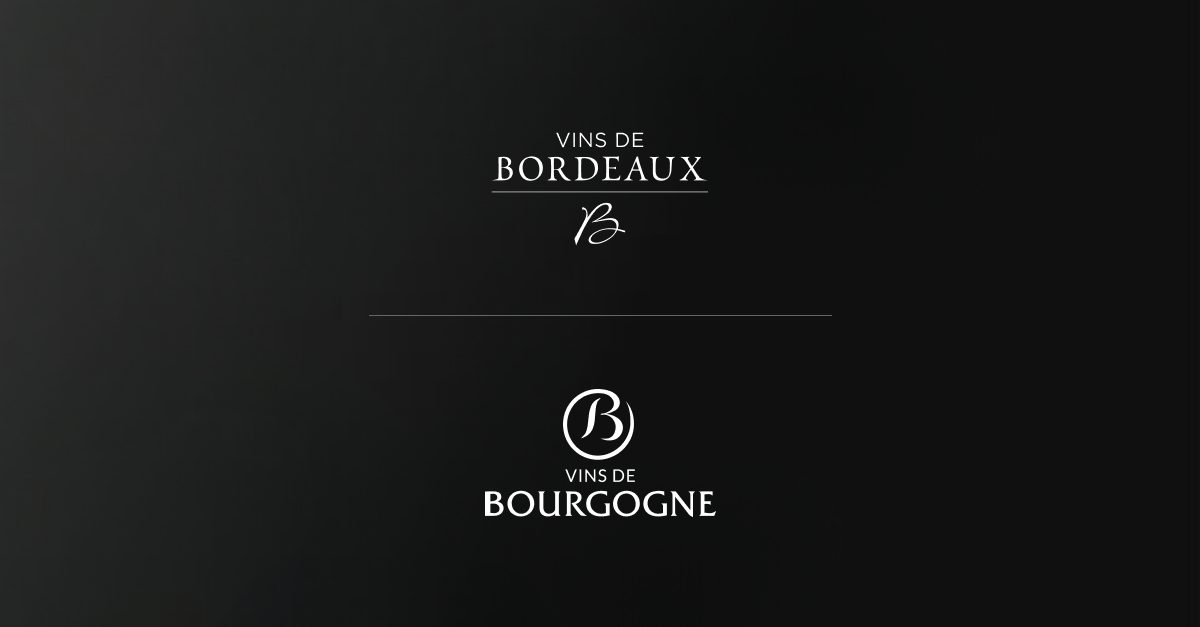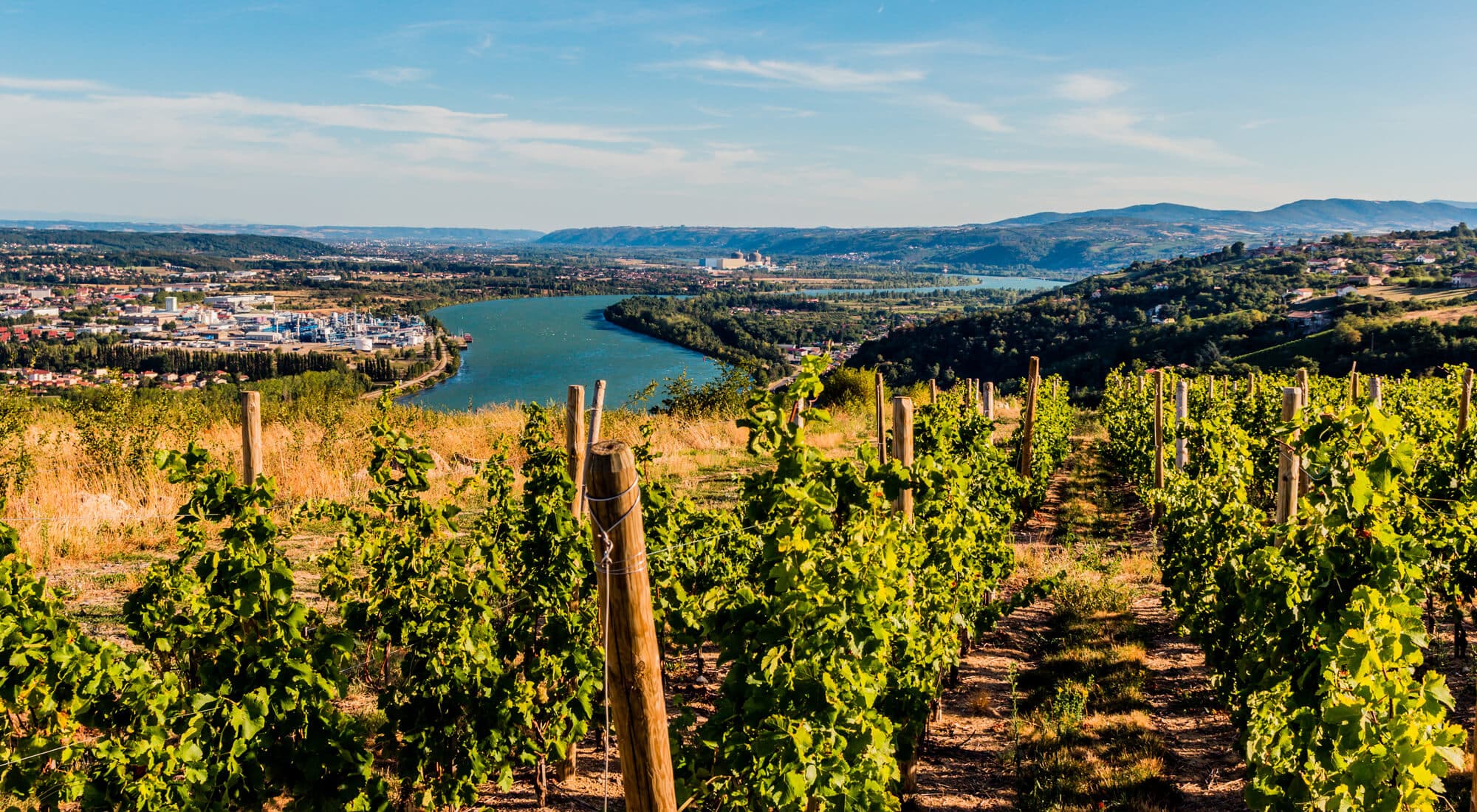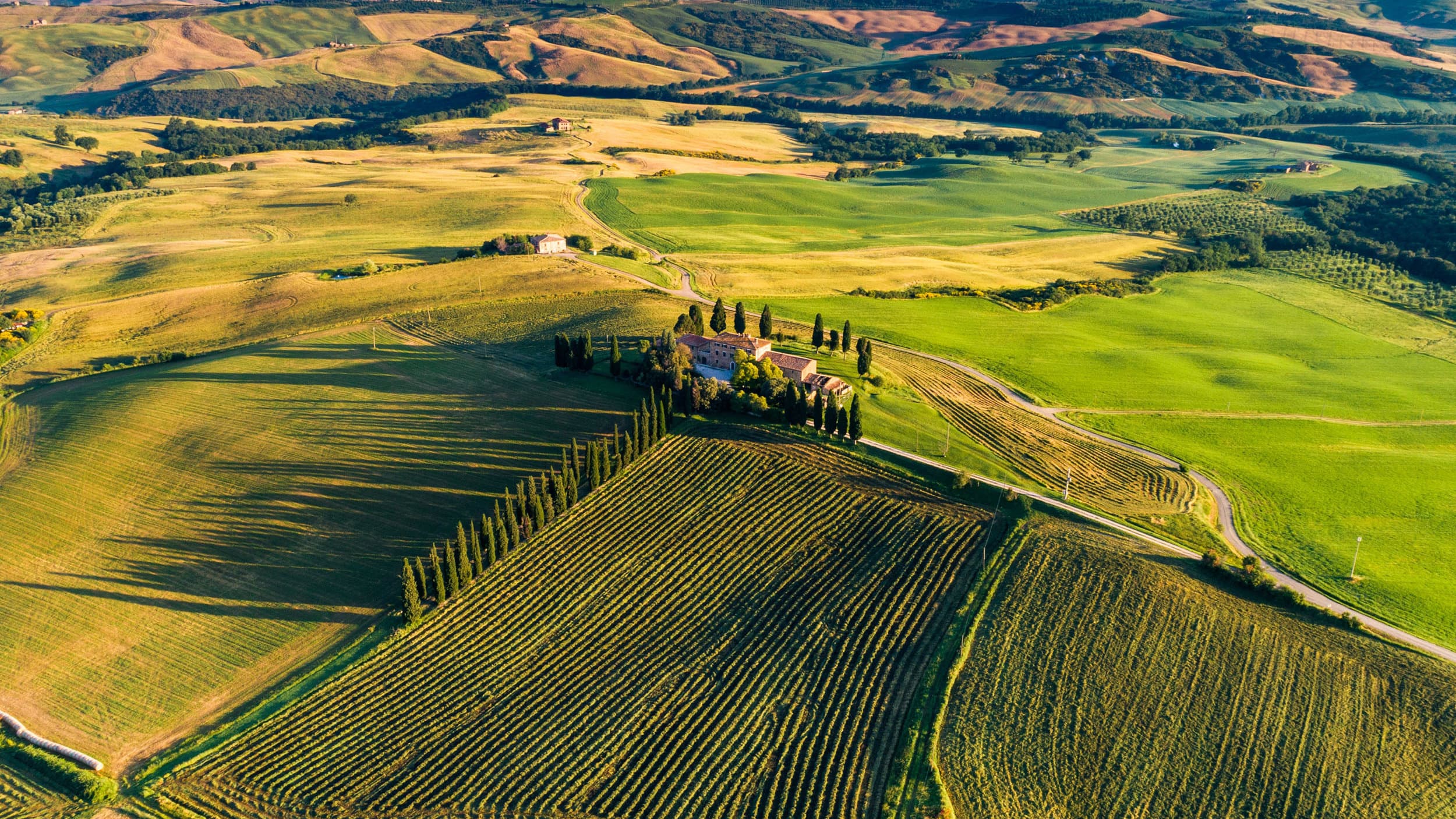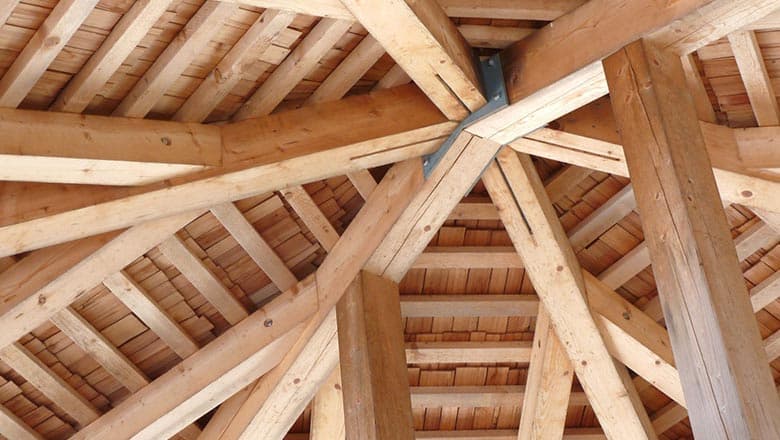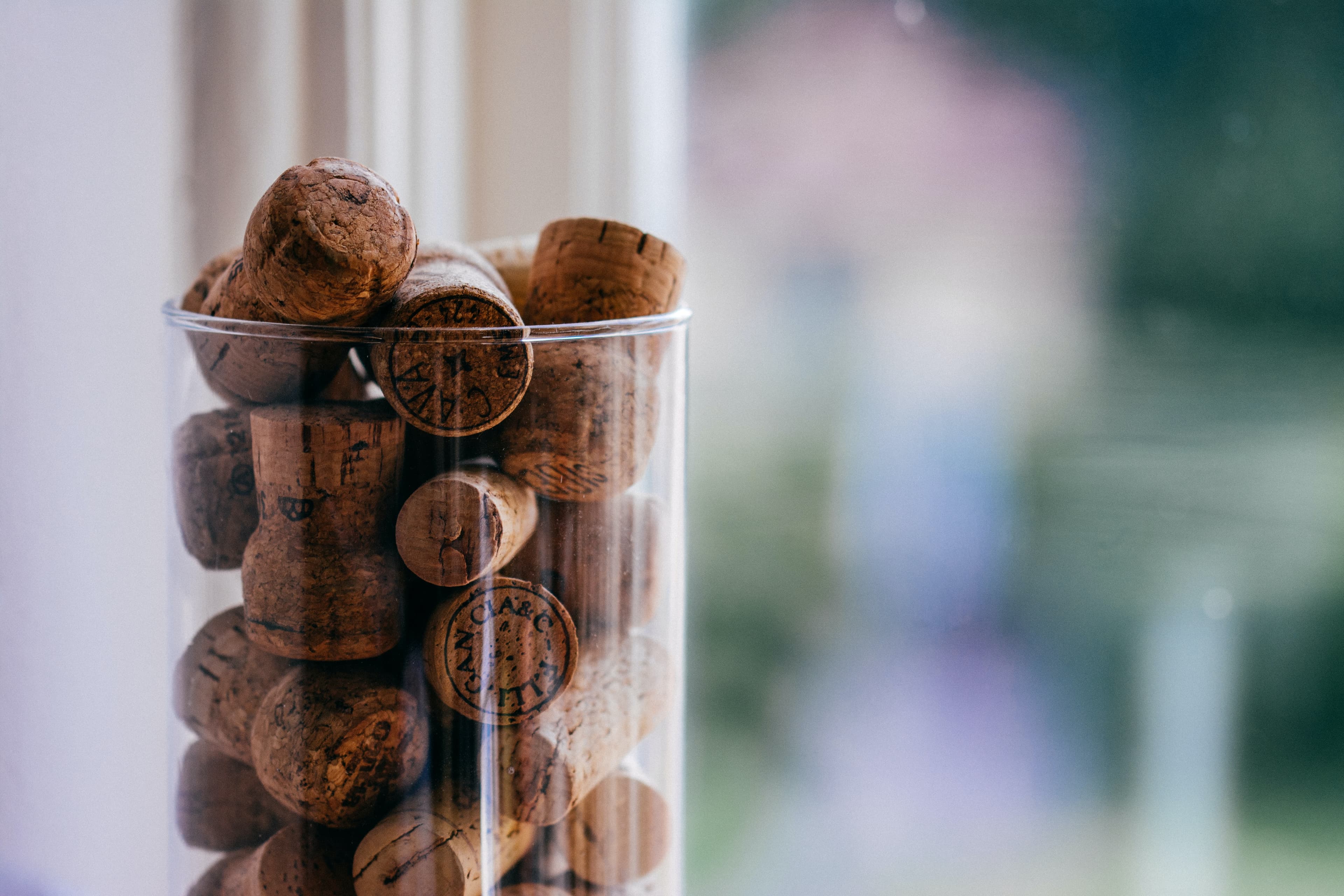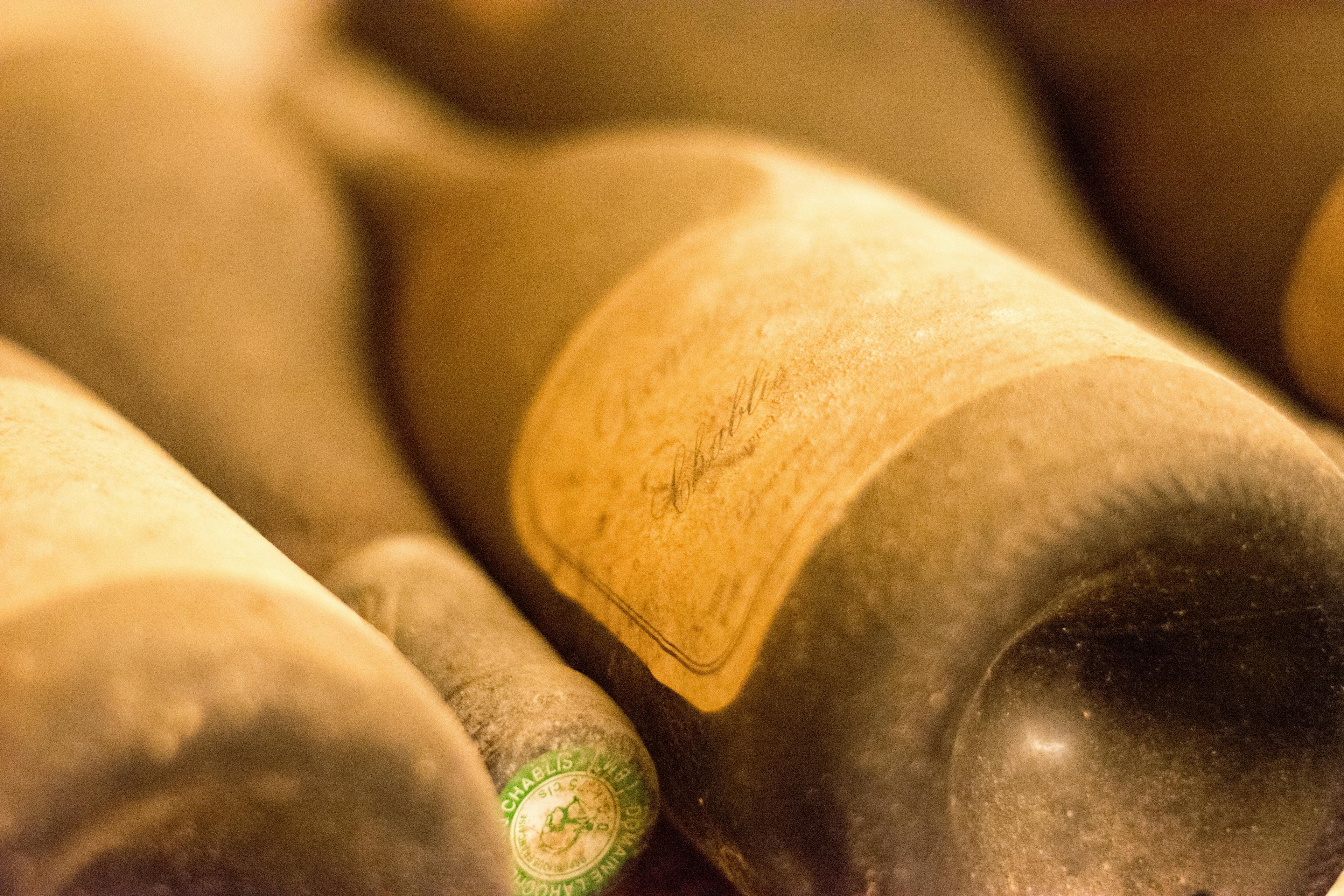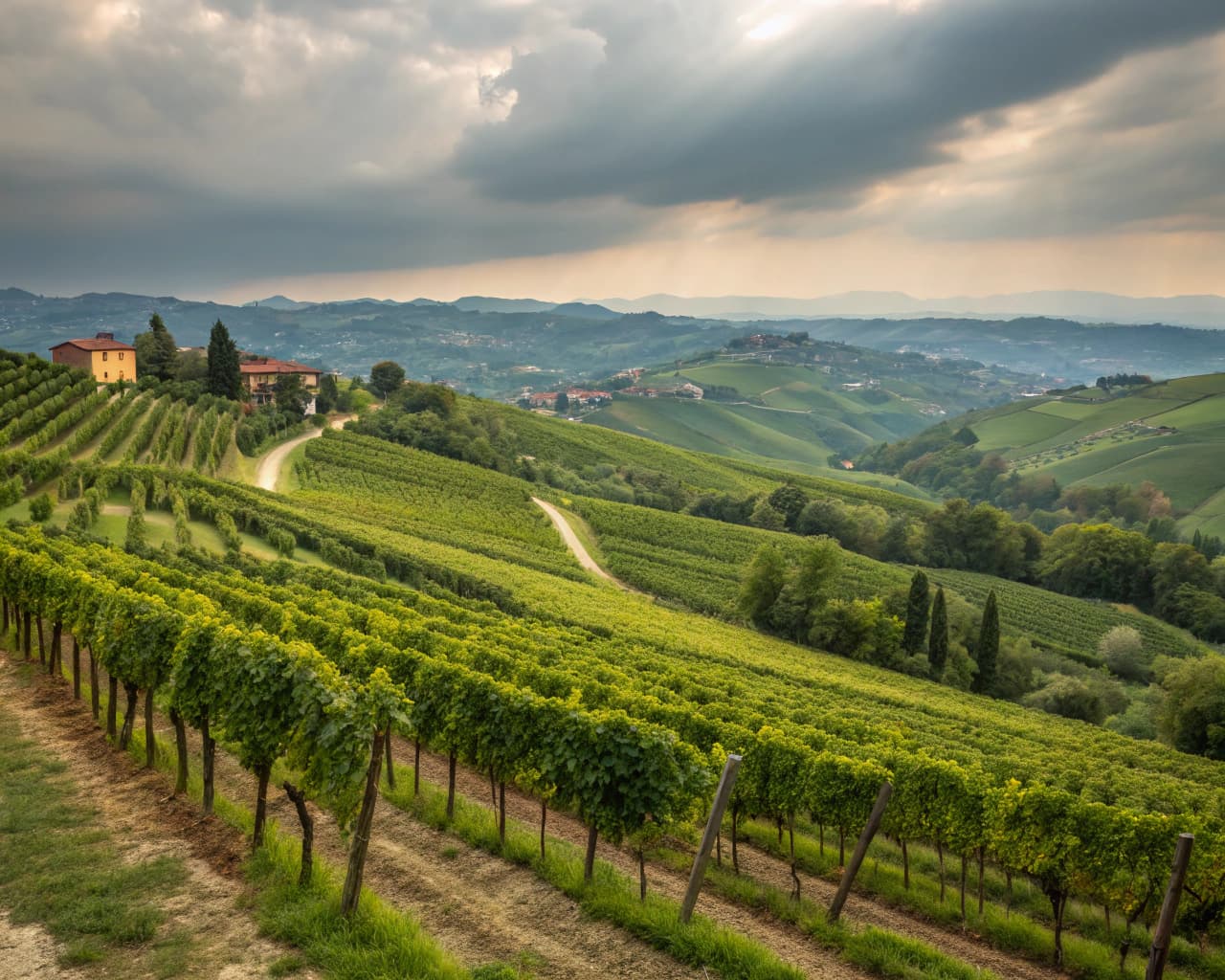
Exploring the world of fine wines introduces you to the prestigious label of Gaja. This renowned winery, nestled in the heart of Italy's Piedmont region, has been synonymous with innovation and quality in the wine industry. The art of enjoying Gaja goes beyond mere tasting; it involves understanding its rich history, the meticulous process of its creation, and the various nuances that characterize each bottle. Whether you're a seasoned connoisseur or a curious novice, delving into the depths of Gaja's offerings promises an enriching experience that tantalizes the senses and deepens your appreciation of fine wines.
The Ritual of Tasting Gaja
Experiencing Gaja wine involves a ritual that enhances the flavors and aromas, turning each sip into a memorable event. Begin by selecting the right glass, which should be spacious enough to allow the wine to breathe. Pouring the wine is an art in itself; aim to do so gently to avoid disturbing its natural sediments. This is particularly important with older or more popular vintages.
Temperature Matters: Serve Gaja at the optimal temperature, generally between 12-16°C for whites and 16-18°C for reds. This ensures that the wine's characteristics are fully expressed.
Decanting: For red wines, decanting can be crucial. It allows the wine to oxygenate, softening tannins and enhancing the bouquet.
Observation: Take a moment to observe the color and consistency. Older wines tend to have a more garnet hue, indicating their maturity.
Swirling: Gently swirl the wine in your glass to introduce more oxygen, which releases more of its aromatic compounds.
Savoring: Finally, take a small sip and let it linger in your mouth before swallowing. This allows you to appreciate the full range of flavors.
Creating the Perfect Atmosphere for Enjoying Gaja
Creating the perfect atmosphere for enjoying Gaja enhances the overall experience, allowing the wine's complex flavors and aromas to fully develop. To begin, ensure that the Gaja has been stored correctly; improper storage can significantly affect its quality. Learn more about proper storage techniques here.
Temperature Control: Serve Gaja at the ideal temperature, typically between 16-18°C for reds. This range helps to release the bouquet and soften the tannins.
Decanting: Decant the wine at least an hour before serving. This process allows Gaja to oxygenate, smoothing out the flavors and bringing forth a richer taste.
Glassware: Use large, bulbous glasses to serve Gaja. The shape enhances the wine's aroma, making each sip more enjoyable.
Lighting and Ambiance: Soft, ambient lighting paired with quiet background music can greatly enhance the sensory experience of drinking Gaja.
Food Pairing: Choose dishes that complement the wine's profile. For red Gaja, opt for rich meats or aged cheeses, which can balance the robust flavors.
By paying attention to these details, you can create an inviting and memorable environment that highlights the elegance of Gaja.
The Importance of Patience: Allowing Gaja to Breathe
Allowing Gaja to breathe before serving is crucial for enhancing its flavors and aromas. This process, often overlooked, can transform the wine tasting experience. When Gaja is exposed to air, it softens the tannins and releases a bouquet of complex scents that are otherwise muted. To fully appreciate the depth and subtlety of Gaja, patience is key.
Here are several benefits of giving Gaja time to breathe:
Enhanced Aromatics: Aeration helps in opening up the wine’s aroma, making the drinking experience more pleasurable and intense.
Smoother Taste: Oxygen interaction softens the wine, reducing the harshness of young tannins.
Flavor Development: Breathing allows the wine to express its full range of flavors, which can be masked in a freshly opened bottle.
For those looking to elevate their experience, considering food pairings that complement Gaja’s characteristics can further enhance the enjoyment. Choosing the right dishes to accompany this wine ensures that both the Gaja and the food can be appreciated to their fullest potential.
Educational Tastings: Learning About Gaja
Educational tastings offer a unique opportunity to delve into the history of Gaja, enhancing both your knowledge and appreciation of this prestigious wine. These sessions are not only about savoring the flavors but also understanding the vineyard's heritage and the meticulous process behind each bottle. Here are some key aspects covered in these tastings:
Viticulture Techniques: Learn how Gaja's vineyard management and innovative practices set them apart from other wineries.
Barrel Aging Process: Discover the impact of aging in different types of oak barrels on the complexity and taste of the wine.
Vintage Variations: Explore how different weather conditions over the years affect the grapes and the subtleties of each vintage.
Pairing Suggestions: Gain insights on how to match Gaja wines with food to enhance dining experiences.
Conservation Efforts: Understand the winery's commitment to sustainability and how it influences their wine production.
These educational sessions provide a comprehensive look at the factors that contribute to the fame and quality of Gaja wines, making them a must for any wine enthusiast.
Sharing Gaja: Tips for Hosting Wine Tastings
When planning a wine tasting event featuring Gaja, it's essential to create an engaging and educational atmosphere. Here are some tips to ensure your guests not only enjoy the wine but also leave with a deeper appreciation of its heritage:
Educate Yourself and Guests: Before the event, gather some facts about Gaja to share. This will enrich the conversation and increase everyone's appreciation of the wine.
Choose the Right Glassware: Using the correct glasses can significantly enhance the tasting experience. For Gaja wines, opt for glasses that complement the body and aroma of the wine.
Provide a Variety of Vintages: Showcasing different years allows guests to experience the evolution of Gaja's flavors and complexities over time.
Control the Tasting Environment: Ensure the room is free from strong odors and maintain a neutral background noise level. This helps in focusing on the subtle notes of the wine.
Offer Palate Cleansers: Provide simple snacks like unsalted crackers or bread to cleanse the palate between different tastings. This helps in distinguishing the unique characteristics of each vintage.
By following these tips, your wine tasting event will not only be enjoyable but also a memorable learning experience.
Pairing Music with Gaja: Enhancing the Experience
Pairing music with Gaja can profoundly enhance the taste experience, creating a multisensory enjoyment that elevates both the wine and the melodies. When selecting tunes to accompany Gaja, consider the following tips:
Match the intensity: The power of the music should complement the robustness of the wine. For a bold Barbaresco, opt for deep, resonant classical pieces or powerful jazz tunes that mirror its complexity and depth.
Consider the mood: Gaja wines, known for their elegance and finesse, pair beautifully with music that evokes a similar atmosphere. Soft acoustic tracks or smooth blues can enhance the subtleties of a refined Nebbiolo.
Seasonal selections: Align your music choices with the season. In colder months, richer, more intense music pairs well with the hearty character of Gaja. Conversely, lighter, upbeat tunes are perfect for enjoying Gaja during warmer seasons.
Cultural harmony: Embrace the heritage of Gaja by pairing it with Italian opera or traditional folk music, offering a culturally immersive experience that highlights the wine's origins.
By thoughtfully matching music with Gaja, each sip becomes a discovery, revealing new layers of flavor influenced by the harmonious backdrop of carefully chosen melodies.
The Role of Storytelling in Appreciating Gaja
Storytelling plays a pivotal role in deepening our appreciation for Gaja, a renowned wine that embodies the essence of Italian viticulture. Through narratives, winemakers share the intricate processes and traditions that define their craftsmanship. These stories not only enrich the tasting experience but also connect consumers to the wine's historical roots and the meticulous care taken during its production.
Heritage and Legacy: Each bottle of Gaja tells a story of generations of winemakers who have perfected their craft in the Langhe region of Piedmont. The tales of family legacy and dedication add a rich, emotional layer to each sip.
Terroir and Environment: Understanding the specific environmental conditions and terroir that contribute to the unique characteristics of Gaja enhances one's appreciation. Storytelling illuminates how elements like soil composition and climate intricately influence the flavor profile.
Innovation and Techniques: Winemakers often discuss innovative techniques they employ to enhance quality. Learning about these advancements through stories helps aficionados recognize the nuances in each vintage, fostering a deeper connection and appreciation for the wine.
Gaja in Different Settings: From Casual to Formal
Enjoying Gaja wines can be a versatile experience, adapting seamlessly from casual gatherings to the most formal events. Each setting highlights different characteristics of these esteemed wines, enhancing the overall experience.
Casual Gatherings: In a laid-back atmosphere, such as a family barbecue or a casual dinner with friends, Gaja's Barbaresco is particularly enjoyable. Its approachable complexity does not overpower simple dishes but rather complements them beautifully, making it a perfect choice for relaxed, convivial dining.
Formal Dinners: When the occasion calls for something more sophisticated, Gaja's Sorì San Lorenzo shows its full potential. The depth and elegance of this wine pair exquisitely with haute cuisine, offering a refined balance to rich, intricate dishes.
Special Celebrations: For celebrations like anniversaries or significant milestones, Gaja's Sperss provides a memorable touch. Its robust structure and layered aromas turn any event into a grand occasion, leaving a lasting impression on all guests.
Quiet Evenings: Sometimes, the best setting is a quiet evening at home. Here, Gaja's Conteisa speaks softly yet profoundly, its subtle nuances unfolding beautifully in the peaceful solitude of a personal retreat.
Reflecting on the Heritage of Gaja While Sipping
Reflecting on the heritage of Gaja while sipping its exquisite wines is an experience steeped in tradition and quality. Gaja, a renowned winery in Italy's Piedmont region, has been producing some of the world's most prestigious wines since 1859. The winery's commitment to excellence is evident in every bottle, making each sip a journey through history.
Understanding the Roots: Gaja's wines are deeply rooted in the local terroir, with careful attention to vineyard management and a focus on indigenous varieties.
Appreciating the Craft: The winemaking process at Gaja is a blend of innovative techniques and age-old traditions, ensuring that each vintage reflects the unique characteristics of its year.
Celebrating the Legacy: Each glass honors the generations of the Gaja family who have dedicated their lives to perfecting their craft.
Exploring the Varietals: From the robust Barbaresco to the refined Chardonnay, Gaja offers a diverse portfolio that caters to various palates.
To fully appreciate the nuances of these wines, it is crucial to serve them correctly, enhancing both their flavors and the overall tasting experience.
Documenting Your Gaja Experiences: Keeping a Wine Journal
Keeping a wine journal as you explore Gaja wines can enhance your appreciation and understanding of these exquisite Italian treasures. Here are some tips on how to effectively document your Gaja experiences:
Start with the basics: Note the name, vintage, and region of the Gaja wine you are tasting. This information sets the foundation for your entry and helps in organizing your journal chronologically or regionally.
Describe the appearance: Record the color and viscosity of the wine. Is it deep ruby, or perhaps a lighter garnet? Observations about clarity and brightness can also provide insights into the wine's age and quality.
Detail the aromas: Gaja wines are known for their complex bouquets. Try to identify both the primary (fruit-driven) and secondary (derived from fermentation and aging) aromas. Writing these down can help you refine your sense of smell over time.
Evaluate the taste: Include notes on the palate's profile—acidity, tannins, sweetness, and alcohol level. Mention specific flavors like cherry, tobacco, or earth, and how they evolve as the wine breathes.
Reflect on the finish: How long does the flavor linger after swallowing? A longer finish often indicates a higher quality wine.
Personal impressions: Finally, jot down your overall impression and any emotions or memories the wine evokes. This personal touch will make your journal a valuable keepsake in your wine journey.
Conclusion
In conclusion, the art of enjoying Gaja wines is a multifaceted experience that extends beyond mere tasting. It involves understanding the rich history, the meticulous process of viticulture and vinification, and the passion that drives the Gaja family to produce such exquisite wines. Each bottle of Gaja offers a unique story, a blend of tradition and innovation, making it a prestigious addition to any wine collection.
For enthusiasts looking to not only enjoy but also invest in Gaja wines, Rekolt provides an exceptional platform. Our fine wine marketplace not only ensures the authenticity and quality of your purchase but also offers a professional cellar storage option. This service is particularly beneficial for those who wish to preserve the integrity of their wine while maintaining the flexibility to trade or resell in the future. By choosing Rekolt, you are not just buying a bottle of wine; you are making a smart investment in a liquid asset that can appreciate over time.
Whether you are a seasoned collector or a new enthusiast, Rekolt empowers you to explore the world of fine wines like Gaja with confidence and ease. Our commitment to quality and customer satisfaction ensures that every bottle you purchase is a testament to the art of winemaking and a potential cornerstone of your investment portfolio.
Share this article
